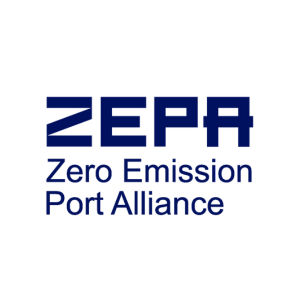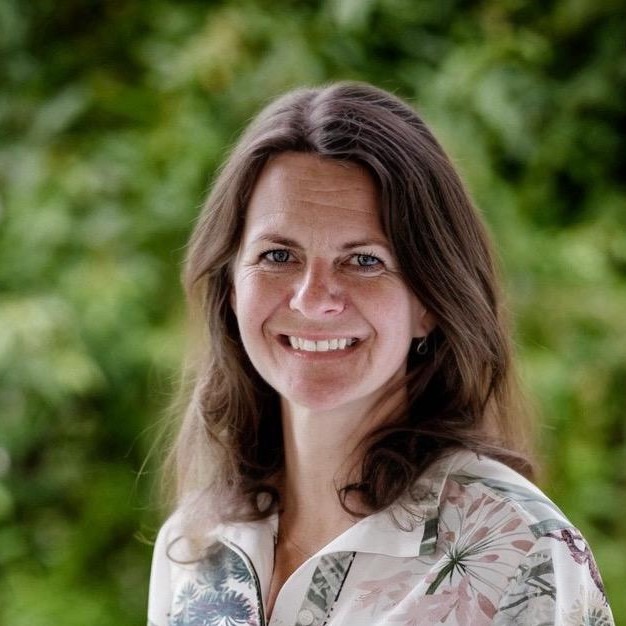Systemiq partners with innovators and incumbents to accelerate and drive actions to decarbonise our global economy. We work across the energy landscape from energy generation to hard-to-abate industries, and from transport to the built environment.
Accelerating the shift to clean energy systems
Our topic expertise includes power generation, transmission and distribution, renewable fuels, heating and electrification, and deep decarbonisation across steel, aluminium, chemicals and cement production. By bringing together innovators, corporate leaders, investors and policy makers, we foster collaboration and action to create a sustainable society.
How we can help
Transitioning industries through coalitions
We establish and lead influential coalitions that unite, mobilise and equip organisations to overcome systemic barriers and accelerate implementation of decarbonisation solutions.
We have been the home of the Energy Transitions Commission since its creation, and partner closely with the Mission Possible Partnership.
Scaling up critical technology
Using our Tipping Points methodology, we help organisations capture the benefits of exponential growth in climate technologies. We analyse the regulatory, market and technical levers needed for such solutions to compete with incumbent technologies, and support stakeholders on positioning in new markets and accelerating tipping points.
Identifying corporate business opportunities
We partner with companies and innovators to identify the opportunities and risks within the energy transition. With our clients, we define the criteria to analyse competitiveness, quantify the business case, and align with the board or stakeholders on a best path to low-carbon and net-zero opportunities.
Creating sector transition pathways
We work with our partners to build industry-backed, data-driven decarbonisation pathways for hard-to-abate sectors. We also use our modelling experience and sector knowledge to help corporate clients build or critically review assumptions for their in-house decarbonisation models.
Building the right investment perspective
With Systemiq’s sustainable finance experts, and using our Tipping Points framework and our deep technological knowledge, we work with asset managers, investors and dedicated energy funds to identify themes and funding opportunities in energy transition technology.
Building regional transition pathways
We work with governmental organisations and regional financiers to build regional or national decarbonisation pathways, either across the entire energy system or for a specific sector.
Meet the experts
Located across Europe, Brazil and Indonesia. our team of over 50 come from a range of professional backgrounds, including the public sector, corporations, start-ups, and think tanks. They bring a blend of strategic insight, industry expertise, technical knowledge and regional-local understanding of energy systems.
Looking for clean energy and energy transition roles with Systemiq? Find them here






























